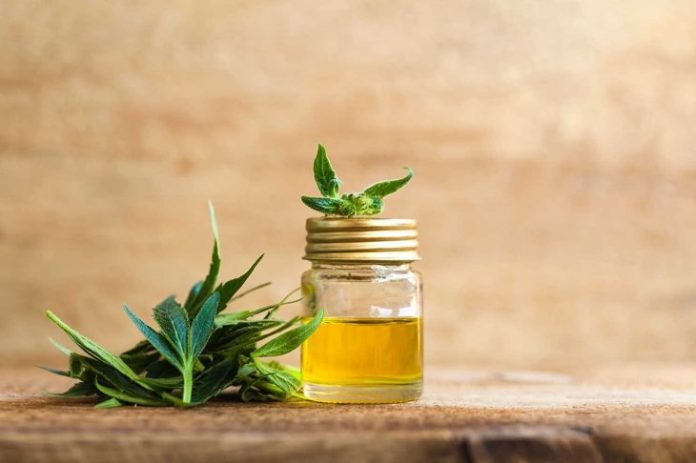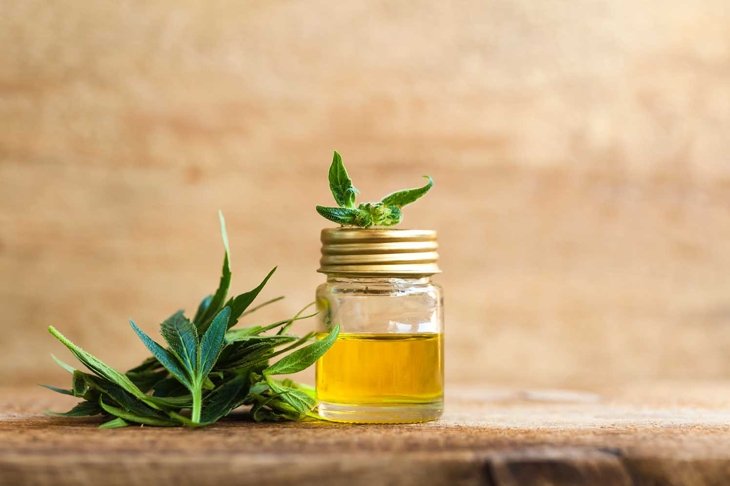
CBD is sweeping the country. It’s the most talked-about plant part in recent history thanks to an explosion of interest in its health benefits. But with that fame has come confusion. Here’s why it has created such a stir—and why it’s high time for some clarity.
01
What is CBD?
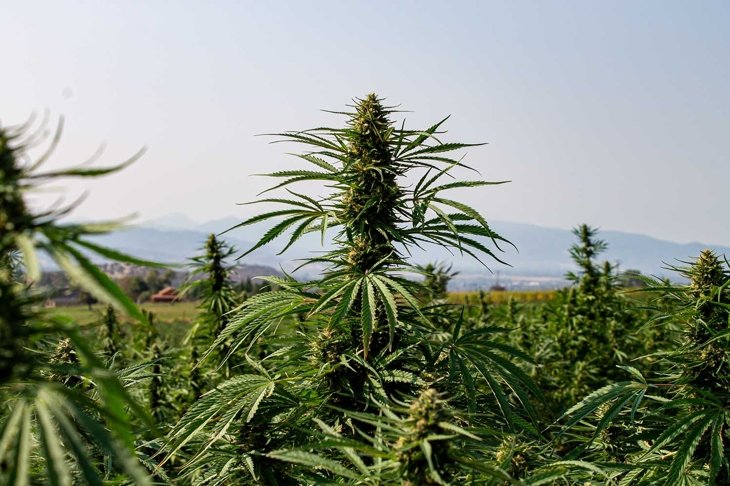
CBD (cannabidiol) is a component of hemp—a plant that looks a whole lot like marijuana. In fact, they’re both Cannabis sativa plants. The key difference? Hemp is grown to have a legal limit of less than 0.3 percent THC. When people think of getting high on marijuana, it’s really the THC (tetrahydrocannabinol) they’re thinking of: Marijuana typically has THC percentages in the teens.
In other words, nobody is getting stoned on CBD—it’s the clean cousin of marijuana’s THC.
While CBD and THC are very different, they are both plant chemicals known as cannabinoids. There are about 100 different cannabinoids in the cannabis plant (researchers are still counting).
02
How does CBD work?
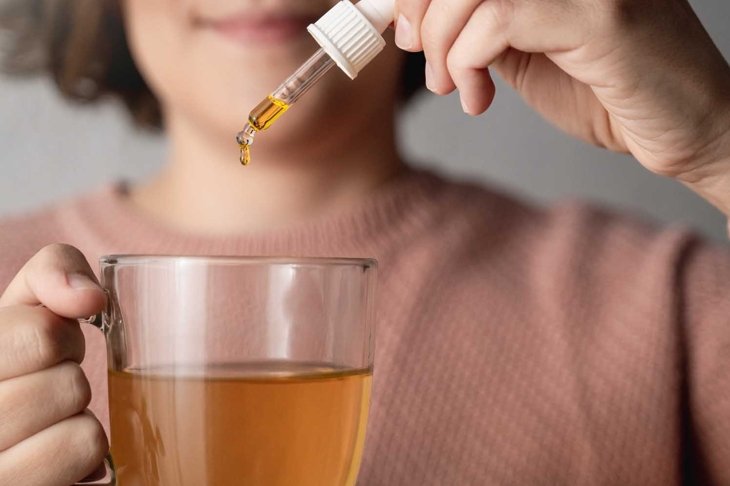
Cannabinoids work on the body’s endocannabinoid system, which keeps your body in balance—what researchers call homeostasis. This system regulates the proper function of a wide range of body processes. Through the endocannabinoid system, both THC and CBD modulate inflammation and reduce the perception of pain. Yet not only does CBD not get you high, but it also curbs THC’s euphoria.
03
Where can I find CBD?
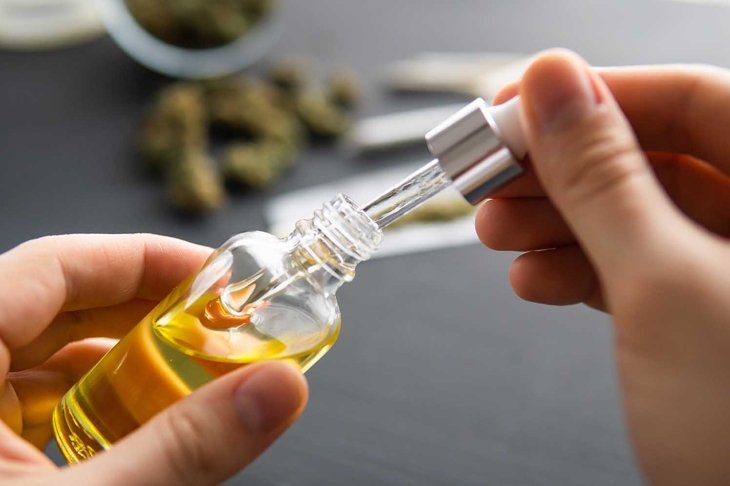
Recent legislation has led to CBD becoming even more popular—and to more people looking for reliable products. Your local natural health retailer is the best place to start.
You might not see “CBD” on all product labels. Some may say “full-spectrum hemp extract” or “hemp oil”—not to be confused with hemp seed oil, which is high in omega-3s but is not a source of CBD. Like we said: confusion!
We at alive are here to help you, the CBD-curious consumer, because, well, we’re nerds for this kind of stuff. This is the first of a two-part series. For now, we’ll focus on what the science says about CBD, because the research is accelerating—and promising. Hemp oil containing CBD may be worth discussing with your doctor. This series is here to help jump-start that conversation.
04
Lessening stress with CBD
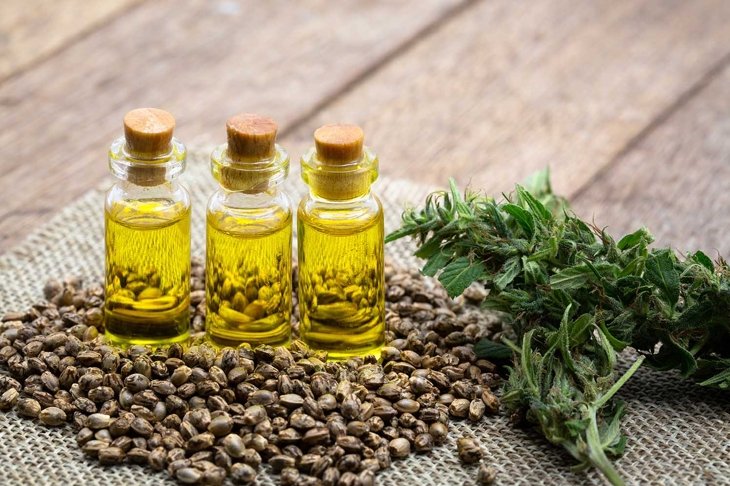
One of the more popular classes of supplements today are adaptogens. These are herbs that, as the name suggests, help the body to adapt—they pick you up when you’re low and chill you out when you’re overexcited or stressed. Adaptogens include botanicals like ashwagandha (Withania somnifera) and rhodiola (Rhodiola rosea). Some people are beginning to assert that cannabis (Cannabis sativa) is an adaptogen too.
One recent research initiative bears this out as far as CBD’s role is concerned. In 2017, British researchers published a review of studies (primarily animal studies) on cardiovascular effects of CBD.
They found that CBD taken either acutely or chronically showed no effect on either blood pressure or heart rate—but only under normal conditions. When test subjects were stressed, the CBD did reduce both blood pressure and heart rate.
The takeaway here is if you’re feeling all right, you might not gain any cardiovascular benefits from CBD, but if you’re stressed, CBD may help you adapt.
05
The impact of CBD on anxiety
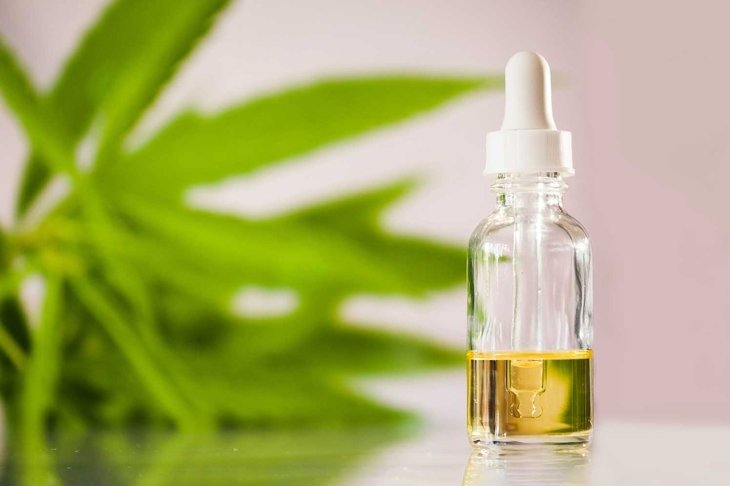
Feeling anxious is both subjectively and objectively measurable. One study aimed to get at CBD’s effects on both measures. Researchers gave 600 mg of CBD or a placebo to 24 people with social anxiety disorder 90 minutes before they took to the stage for a public speaking engagement. Then, they wired the people so they could measure blood pressure, heart rate and whether they were being emotionally aroused. While those metrics showed no difference between the CBD group and the placebo group, those who took the CBD reported that they felt like they had less anxiousness and discomfort in their speech performance.
06
More studies on anxiety

In 2015, researchers at NYU surveyed the state of the research into CBD for anxiety disorders and found that “preclinical evidence strongly supports CBD” for disorders ranging from panic and social anxiety to obsessive-compulsive and post-traumatic stress—but only when given acutely. At the time, there just was not significant evidence to support CBD for anxiety when given chronically.
Yet 600 mg of CBD is quite a large dose for anxiety—or any other purpose. “CBD has been used effectively anywhere from 5 mg for mild conditions and sensitive individuals and up to several hundred milligrams per day in extreme, intractable cases,” says Jokūbas Žiburkus, PhD, associate professor in the department of biology and biochemistry at the University of Houston.
Also, chronic CBD use has since been reported to be successful. In a published case report of a 10-year-old girl who suffered from anxiety and sleeplessness from a history of abuse, a CBD dose of only 25 mg per day—an amount often found in hemp oil supplements—reduced anxiety as well as sleeplessness. This is, of course, just a single case, but it seems to fit in with the anecdotal reports coming in around CBD’s ability to quell anxiety and improve sleep quality.
07
CBD and epilepsy

In 2017, the New England Journal of Medicine published a landmark study validating a standardized CBD isolate for a form of childhood epilepsy called Dravet syndrome. Every day, researchers gave 20 mg of CBD per kg of body weight to 120 children with Dravet syndrome (about 450 mg for a 50 lb child). The children also received the usual antiepileptic treatment. After 14 weeks, the average number of convulsive seizures per month dropped from more than 12 to fewer than six.
In June of 2018, the U.S. Food and Drug Administration approved a CBD isolate drug for the treatment of Dravet syndrome and another rare form of childhood-onset epilepsy called Lennox-Gastaut syndrome.
08
Improving sleep with CBD

Poor sleep is one of the most oft-cited reasons why people take CBD. The reason it may work gets to how CBD interacts with the cell membrane receptors that make up the body’s endocannabinoid system to bring about inner balance.
“The endocannabinoid system influences multiple homeostasis activities,” says Alex Capano, DNP, a faculty member and senior fellow at The Lambert Center for the Study of Medicinal Cannabis and Hemp at Thomas Jefferson University in Philadelphia. She says this system’s receptors regulate everything from the sleep/wake cycle to inflammation.
Preliminary research bears this out. Researchers at the National Autonomous University of Mexico’s Cannabinoids Lab discovered that cannabinoids are “under circadian control” and that they promote both rapid eye movement (REM) sleep (during which dreams are most vivid) and non-REM sleep. In animal studies, mice slept less when researchers blocked certain endocannabinoid receptors, and when rats were made to have insomnia, cannabinoids restored sleep.
Researchers at the VA hospital in Palo Alto, CA, backed this up with work on people. “CBD may hold promise for REM sleep behavior disorder and excessive daytime sleepiness,” they wrote.
09
How much for sleep?

One study found 160 mg of CBD improved sleep duration and dream recall, while lower doses of 80 mg and 40 mg were ineffective. Meanwhile, anecdotes abound of people finding better sleep at supplemental doses of 10 to 20 mg. Research is unclear on this discrepancy, though it may relate to individual response and how balanced one’s endocannabinoid system is to begin with.
One curious aspect of CBD seems to be that lower doses might actually lead to less sleep. One study on sleep, using both THC and CBD in combination, found that a 15 mg dose of CBD appeared to have “alerting properties” because it “increased awake activity during sleep” and counteracted the sedative activity of 15 mg of THC.
10
Using CBD for pain management
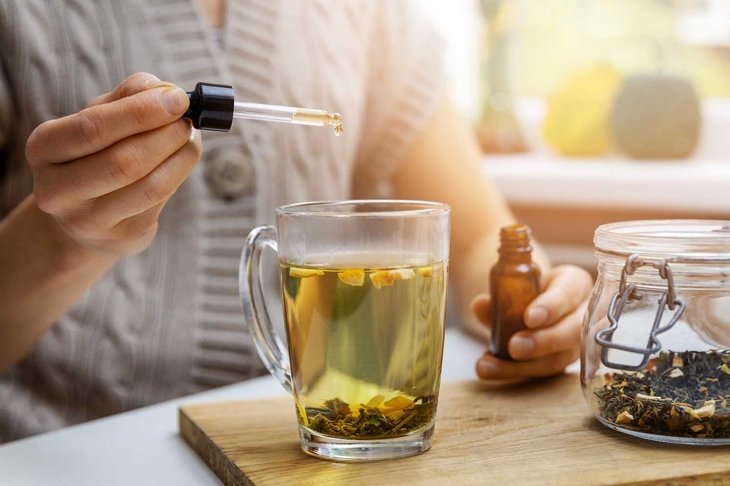
CBD shows lots of promise for pain management. One of the primary ways CBD appears to work against pain is by decreasing inflammation.
“CBD works in a variety of ways based on how cells communicate,” says Capano, noting the specific endocannabinoid receptors where inflammation regulation comes into play. “That makes CBD an anti-inflammatory agent.”
Researchers found CBD helped with pain relief for mice with cancer who were experiencing chemo-induced neuropathic pain—the burning, shooting type of pain. Keyword: mice. What about in people?
In 2018, a small study was undertaken using CBD for chronic pain in people who’d had kidney transplants. Using dosages ranging from 50 to 150 mg twice daily for three weeks, researchers found the CBD led to total pain improvement in two out of seven patients, with four others experiencing a partial response within 15 days. One patient experienced no effects.
The anecdotes and small studies are ahead of the rock-solid science, but more research is no doubt still to come on CBD and pain—and CBD’s effect on many other health states.
11
All the terms you’ve ever wondered about
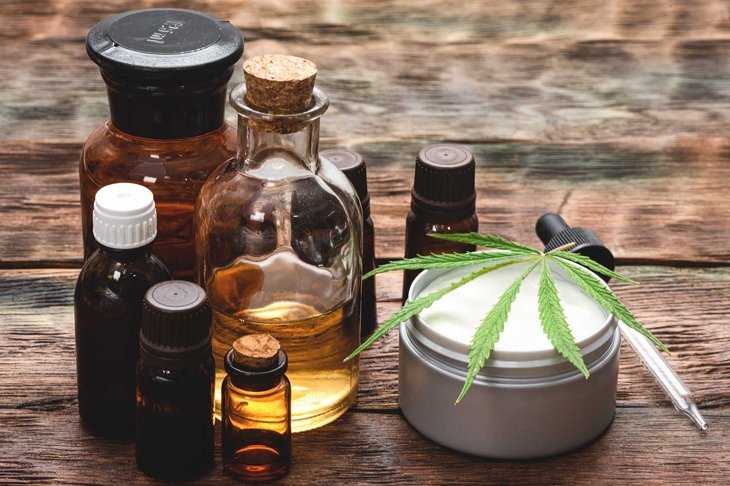 CBD: Cannabidiol, one of more than 100 different plant chemicals known as cannabinoids found in the Cannabis sativa plant. While CBD has a range of health effects, getting high is not one of them. CBD as an isolated compound is listed as a Schedule V controlled substance, akin to cough syrup. CBD as part of hemp oil (see below) is not considered a controlled substance.
CBD: Cannabidiol, one of more than 100 different plant chemicals known as cannabinoids found in the Cannabis sativa plant. While CBD has a range of health effects, getting high is not one of them. CBD as an isolated compound is listed as a Schedule V controlled substance, akin to cough syrup. CBD as part of hemp oil (see below) is not considered a controlled substance.
Hemp oil: A full-spectrum extract of the flowering parts of the hemp plant that includes CBD. Hemp seed oil, on the other hand, is oil pressed from the hemp seeds and is rich in omega-3 fatty acids, not CBD.
Hemp: Cannabis sativa, the same genus and species as marijuana, only with THC levels lower than 0.3 percent. This is the source plant for hemp oil containing CBD. Hemp has an estimated 25,000 other uses, from nutrition to textiles, fiber to fuel and paper to bioplastics.
Marijuana: Cannabis sativa that’s grown with high enough levels of THC to exert a psychoactive effect—technically anything more than hemp’s 0.3 percent but in practice, usually more than 10 percent. This is the plant for sale in dispensaries: shops that offer medical and recreational products, traditionally found as flowers (aka buds, used to roll joints).
12
More CBD terms you should know
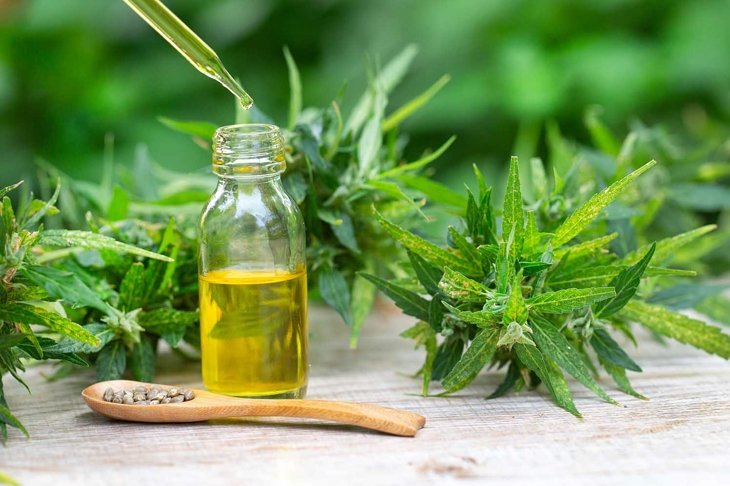 THC: Tetrahydrocannabinol, the primary cannabinoid that gives marijuana its psychoactive effect.
THC: Tetrahydrocannabinol, the primary cannabinoid that gives marijuana its psychoactive effect.
Cannabis: A larger group of plants including Cannabis sativa, Cannabis indica and Cannabis ruderalis. While cannabis is technically also hemp, cannabis is more commonly used to refer to marijuana.
Endocannabinoid system: Discovered only in 1992, it is a network of receptors found in cell membranes throughout the body that affects the central nervous system and is seen as being responsible for keeping the body in a state of balance, or homeostasis. It appears to help regulate a range of body actions and conditions, from anxiety and pain to depression and memory.
Cannabinoids: Plant chemicals that are the active constituents of the Cannabis sativa plant, like THC and CBD.
Endocannabinoids: These are compounds produced in the body (versus being ingested), principally anandamide and 2-AG, that attach to endocannabinoid system receptors and then cause numerous physiological effects on mood, pain signaling, sleep cycling and more.


